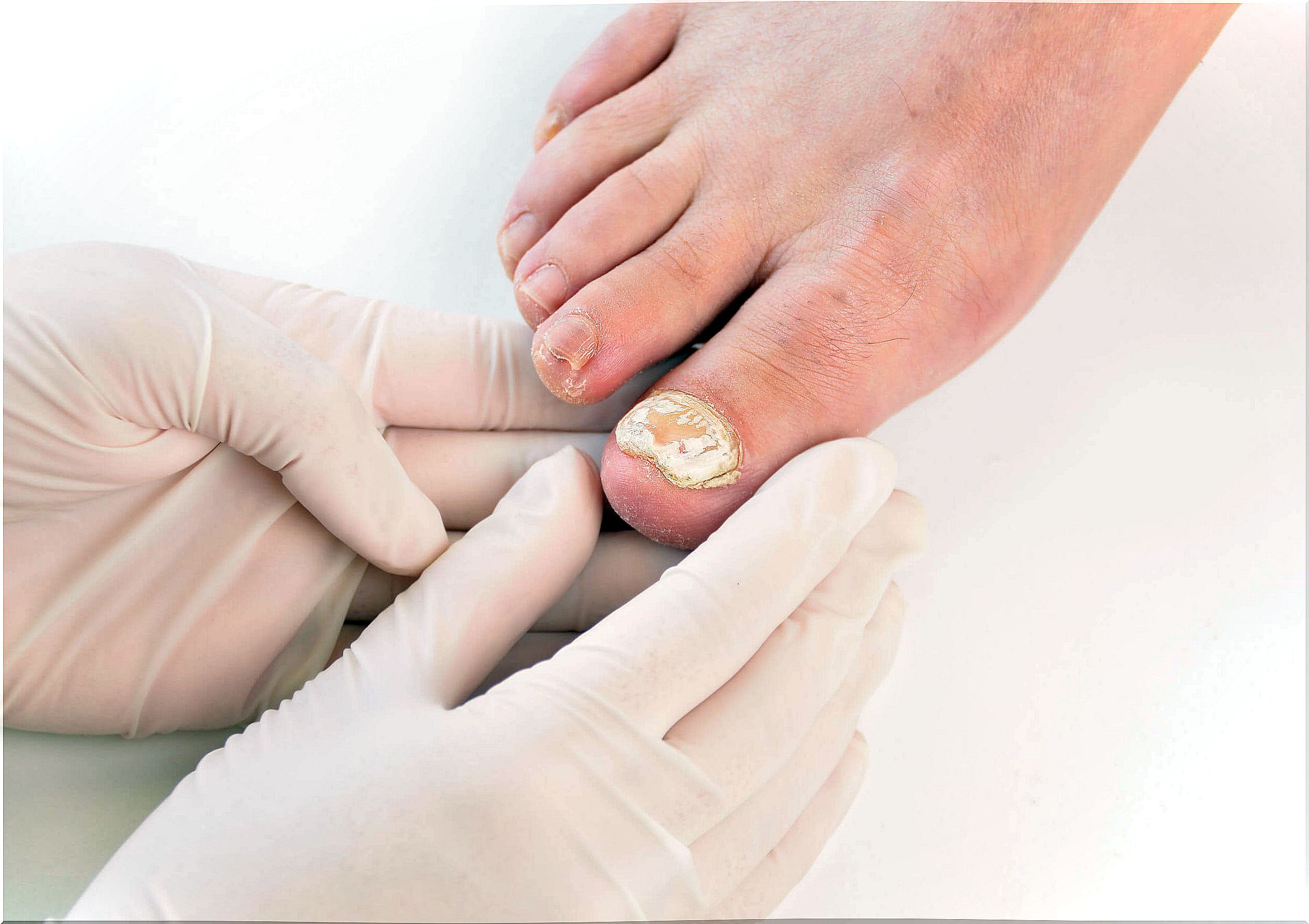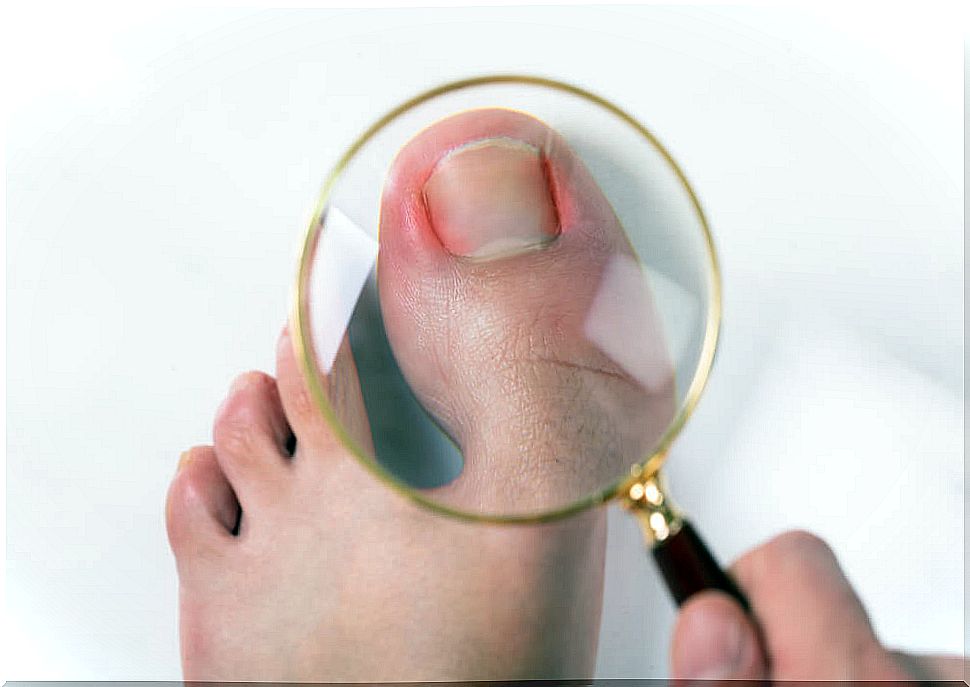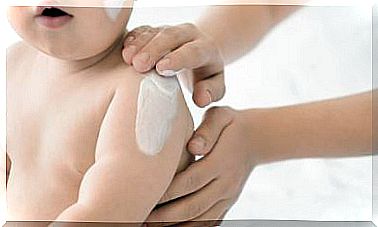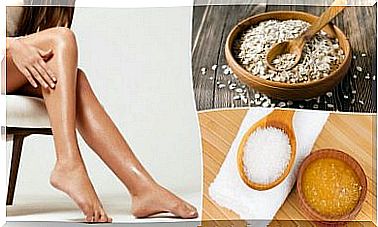7 Ways To Prevent A Nail Fungus Infection
Nail fungus infection is difficult to treat. Therefore, it is best to prevent it or treat it as soon as possible if it occurs. Sometimes the problem worsens and requires surgery.

Nail fungus infection is not considered a serious health problem, but it is a condition that can cause a lot of discomfort. Also, once it is contracted it is difficult to eradicate it and if it is achieved, it is likely to return.
Nail fungus infection is also known as onychomycosis and is caused by microorganisms called dermatophytes. These feed on keratin, a protein found in nails and hair.
These microorganisms thrive in dark, warm and humid places. Therefore, the inside of the shoes is a conducive place for them to settle. It is estimated that up to 14% of the world’s population has a nail fungus infection.
7 ways to prevent nail fungus infection

It is always better to prevent nail fungus infection, rather than cure it. In the latter case, it takes a lot of time and perseverance to achieve it, so the best thing to do is to prevent onychomycosis from occurring. The best way to do this is by taking simple preventive measures, such as the following.
1. Protect the feet
It is not advisable to go barefoot, especially in hot and humid areas such as swimming pools, gyms, spas , public showers, etc. Fungi can be on these surfaces and stick to the skin. The indicated thing, then, is to use flip-flops or sandals.
2. Cut nails properly
Toenails should be kept short. The indicated thing is to use nail scissors or nail clippers that should always be disinfected before use. The cut should be straight and, if necessary, supplemented with a file to polish sharp edges. These implements are for personal use and should not be shared.
3. Sprinkle the shoes
A powerful measure to prevent toenail fungus infection is to sprinkle antifungal powder on your shoes. Do the same with socks. The indicated thing is to do it before using these garments, since this prevents the growth of fungal spores.
4. Recommendations on footwear
Good footwear management is a definitive factor in preventing nail fungus infection. Recommendations in this regard are as follows:
- Wear suitable footwear. The toenails must not come into direct contact with the shoes. It is advisable to wear wide-toe shoes of the correct size.
- Breathable material. Canvas or leather shoes allow better perspiration and reduce the risk of a fungal infection in the nails.
- Alternate shoes. It is best not to wear the same pair of shoes two days in a row, especially if they are damp with sweat. It is better to rotate several pairs.
- Antibacterial spray. It is appropriate to spray the shoes with antibacterial spray, especially if they have been worn without socks.
- Discard shoes. At the end of treatment for a toenail fungus infection, it is best to throw away the shoes that have been worn so far.
5. Hygiene in the feet
It is advisable to wash your feet every day with soap and water. They should be dried very well with towel taps. This applies to the area between the toes.
On the other hand, applying antifungal powders helps reduce moisture in the area. Socks should also be washed daily and changed whenever they are damp.
6. Clean your nails well
When washing hands and feet, nail cleanliness should not be neglected. They should be rubbed with soap to ward off the possibility of infection. Using a nail brush can be a good idea, as many fungi get underneath. If you touch an infected nail, you need to wash your hands.
7. Other recommendations
If the skin is cracked due to dryness, it is important to hydrate it. Fungi can enter and settle thanks to these grooves. Injuries around the nails also need to be treated quickly, as they are a gateway for microorganisms.
It is not advisable to use nail polish or false nails if there is a fungal infection in the nails. In fact, it would be best never to use these elements, since they favor the proliferation of microorganisms. It is important to ensure that the beauty salon observes convenient hygiene measures, if manicures or pedicures are done on them.
How to identify an infected nail?
Signs of a nail fungus infection include the following:
- Changes in nail color. A white spot or brown or yellow streak is a sign of fungus. Sometimes they look dark in color from the accumulation of residue under the nail.
- Changes in texture. Thickened, brittle, peeling, or uneven surface nails indicate fungus.
- Changes in form. An abnormal shape may indicate that there is a fungal infection in the nails.
- Pain or swelling around the nail.
- Itching sensation in the area.
- Bad smell on the nails.
Risk factors for nail fungus infection

Older people are at higher risk of developing a fungal nail infection. This is because nail growth is slower in old age, blood circulation is reduced, and there is a more history of fungal exposure.
People with diabetes, as well as those with weakened immune systems, are also more prone to nail fungus. People with “athlete’s foot” often transfer fungus from their skin to their nails.
Also, there is a greater risk in people who have a condition that causes skin lesions, such as psoriasis. Long-term use of antibiotics also increases the risk, as well as excess weight, excessive sweating, incontinence, and pregnancy.
Prevention is better than cure
Nail fungus infection is difficult to treat. The usual thing is that you first go to home remedies to eradicate it, but if these are not successful, it is indicated to consult your doctor. More specialized treatment may be required.
There are times when it is necessary to go to antifungal medications to eradicate the infection. In the most serious cases, it may be necessary to remove the nail completely, through surgery, to solve the problem.








